Paraphrasing my own answer to a similar question on Physics.SE:
Have you ever played the sliding 15 puzzle? There are fifteen sliding pieces, numbered 1 to 15, arranged in a 4x4 grid. It has one "hole" where there is no piece. You can move any piece adjacent to the hole into that space.

As you play the puzzle, which do your fingers actually move: the numbers, or the hole? Of course, your fingers only move the numbers. You don't actually touch the hole.
Does the previous question really matter? Would you get the same outcome if you actually moved the hole? Indeed, the game would exhibit the same behavior, even if it was the hole that actually moved.
Is it sometimes useful to think of the hole moving? Yes, it's an effective part of solving the puzzle. A skilled player can move the hole anywhere he wants, and can even move the hole around in a closed circuit. Even more important, a skilled player knows that there are times to think of the puzzle as moving the numbers, and other times when it is better to think of it as moving the hole.
So is the hole a real, physical thing? In some contexts, yes; in other contexts, no. Most of the time, it does not matter. Use the convention appropriate to the task.
It's also worth noting that electrons are not the only charge carriers:
Positive ions flow in the electrolyte of batteries and electrolytic capacitors.
In electrolysis, hydrogen fuel cells, and mitochondrial membranes, positive H+ ions move.
Positive charge can flow in semiconductors in the form of holes, which are more than just an absence of electrons, due to their different dispersion relation.
The ultimate answer to your question is that using the convention which is most useful to a given problem is more important than worrying about what physically represents the charge. Because like the 15-puzzle, the outcome will be the same.
